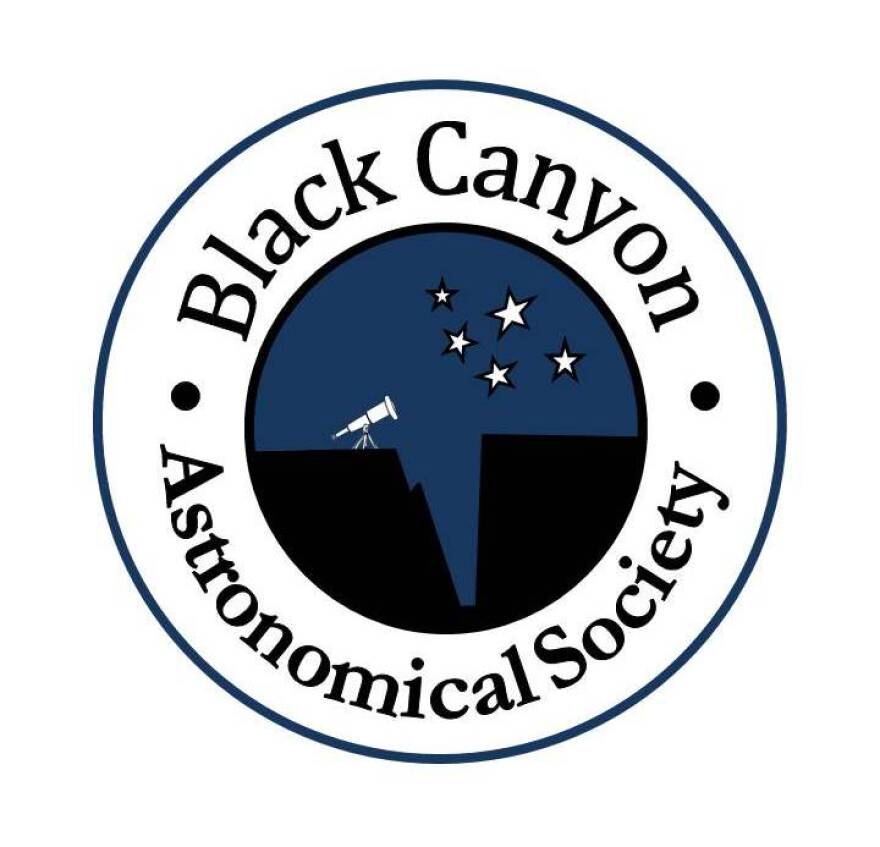September 23rd marks the first day of autumn, also called the autumnal equinox in the Northern Hemisphere. The word equinox comes from the Latin words aequus, meaning equal, and nox, meaning night.
You probably notice the days getting shorter, the leaves changing color, and the drop in temperature. We recognize and often celebrate these changes that distinguish between the seasons with fall festivals and pumpkin spice-flavored treats. Here at Black Canyon, we say goodbye to the turkey vultures as they migrate south and say hello to the rock climbers rejoicing in cooler cliff faces.
Two factors allow our planet to have these cherished seasons: the Earth’s axis tilt and the Earth’s orbit.
Imagine an invisible line running through Earth between the North and South Pole. This line is called the Earth’s axis and does not point directly up and down. It is tilted 23.5 degrees, relative to the Earth’s orbit around the sun. This tilted axis means that some parts of the Earth get more direct sunlight than others.
Our Earth also revolves in a yearly orbit around the Sun. This rotation changes the amount of direct sunlight for each place, depending on time of year (or place in the orbit.) Earth’s northern hemisphere has been pointed toward the Sun from June 21 to September 22, experiencing the long days and direct sunlight of summer, while the southern hemisphere has experienced the short days and less direct sunlight of winter.
The equinox occurs when neither Pole is pointed toward nor away from the Sun, or when the Earth’s axis is exactly perpendicular to the Sun. At these times, both hemispheres experience an equal amount of sunlight, which also means that most places on Earth also experience an equal amount of day and night. The equinox happens twice in a year, marking the beginning of both autumn and spring. September 23rd is 2019’s second equinox, marking the start of autumn in the northern hemisphere, and spring in the southern. Take a moment this week to appreciate not just the extremes of our planet’s seasons, but also the in-between times when the seasons are most mild, and the days and nights relatively equal.
The end of September also marks the end of our ranger-led programs at the south rim of Black Canyon National Park. September 25th and 27th are the park’s last nights of telescope viewing for the season. Join us as we celebrate the end of summer.

Western Slope Skies is produced by members of the Black Canyon Astronomical Society. This episode was written and recorded by Austin Tumas, Park Ranger at Black Canyon of the Gunnison National Park.


